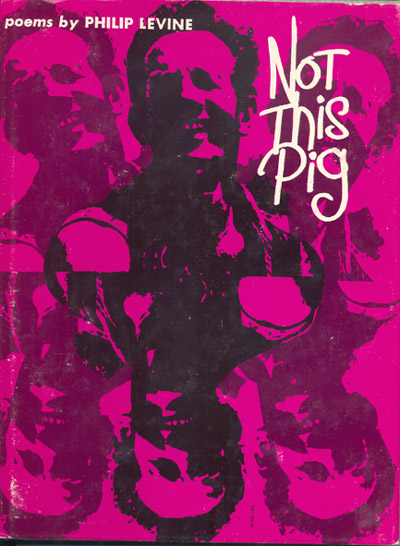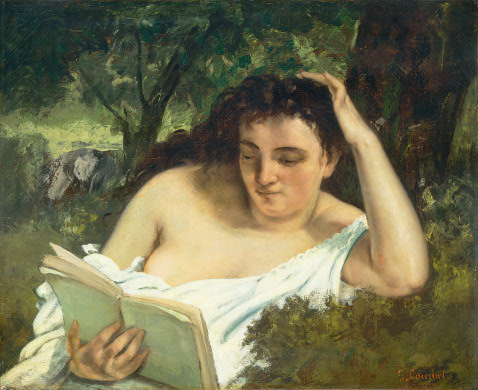Lady Lilith by Dante Gabriel Rossetti [Source: Wikimedia Commons]
Dante Gabriel Rossetti - Wikipedia, the free encyclopedia
In 1861, Rossetti published The Early Italian Poets, a set of English translations of Italian poetry including Dante Alighieri’s La Vita Nuova. These, and Sir Thomas Malory’s Morte d’Arthur, inspired his art in the 1850s. His visions of Arthurian romance and medieval design also inspired his new friends of this time, William Morris and Edward Burne-Jones. Rossetti also typically wrote sonnets for his pictures, such as “Astarte Syraica”. As a designer, he worked with William Morris to produce images for stained glass and other decorative devices.
Both these developments were precipitated by events in his private life, in particular by the death of his wife Elizabeth Siddal. She had taken an overdose of laudanum shortly after giving birth to a dead child. Rossetti became increasingly depressed, and buried the bulk of his unpublished poems in her grave at Highgate Cemetery, though he would later have them exhumed. He idealised her image as Dante’s Beatrice in a number of paintings, such as Beata Beatrix.
These paintings were to be a major influence on the development of the European Symbolist movement. In these works, Rossetti’s depiction of women became almost obsessively stylised. He tended to portray his new lover Fanny Cornforth as the epitome of physical eroticism, whilst another of his mistresses Jane Burden, the wife of his business partner William Morris, was glamorised as an ethereal goddess.
During these years, Rossetti was prevailed upon by friends to exhume his poems from his wife’s grave. This he did, collating and publishing them in 1870 in the volume Poems by D. G. Rossetti. They created a controversy when they were attacked as the epitome of the “fleshly school of poetry”. The eroticism and sensuality of the poems caused offense. One poem, “Nuptial Sleep”, described a couple falling asleep after sex. This was part of Rossetti’s sonnet sequence The House of Life, a complex series of poems tracing the physical and spiritual development of an intimate relationship. Rossetti described the sonnet form as a “moment’s monument”, implying that it sought to contain the feelings of a fleeting moment, and to reflect upon their meaning. The House of Life was a series of interacting monuments to these moments — an elaborate whole made from a mosaic of intensely described fragments. This was Rossetti’s most substantial literary achievement.
In 1881, Rossetti published a second volume of poems, Ballads and Sonnets which included the remaining sonnets from the The House of Life sequence.
Toward the end of his life, Rossetti sank into a morbid state, darkened by his drug addiction to chloral and increasing mental instability, possibly worsened by his reaction to savage critical attacks on his disinterred (1869) poetry from the manuscript poems he had buried with his wife. He spent his last years as a withdrawn recluse.
![gustave_caillebotte_paris_street_rainy_day Gustave Caillebotte. Paris Street, Rainy Day (La Place de l’Europe, temps de pluie). 1877. Oil on canvas. Art Institute of Chicago. [Source: Wikimedia Commons]](../../../../wp-content/uploads/2009/02/gustave_caillebotte_paris_street_rainy_day_1877_wiki.jpg)
![Fog at Isle Royale [Source: wildmengoneborneo.com] Fog at Isle Royale [Source: wildmengoneborneo.com]](../../../../wp-content/uploads/2008/04/isle_royale_fog.jpg)
 If there is an emerging genetic underclass, I could run for class president or class clown. Read more in
If there is an emerging genetic underclass, I could run for class president or class clown. Read more in 

Pingback: Digital Art Schools » Blog Archive » Re-Purposing the POems of Dante Gabriel Rossetti